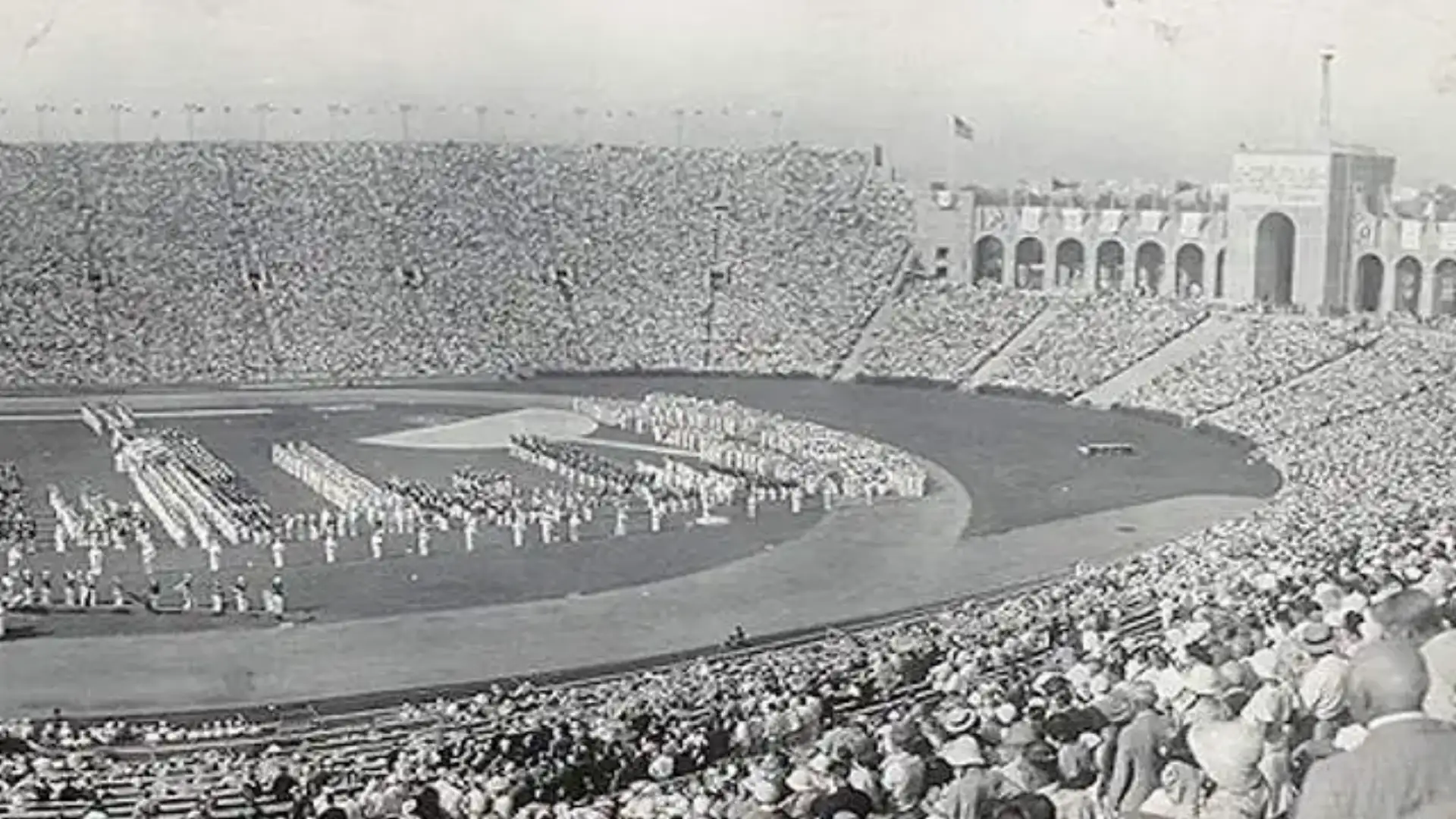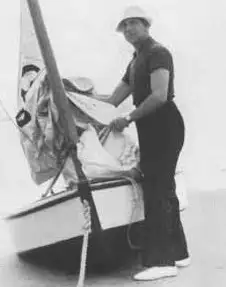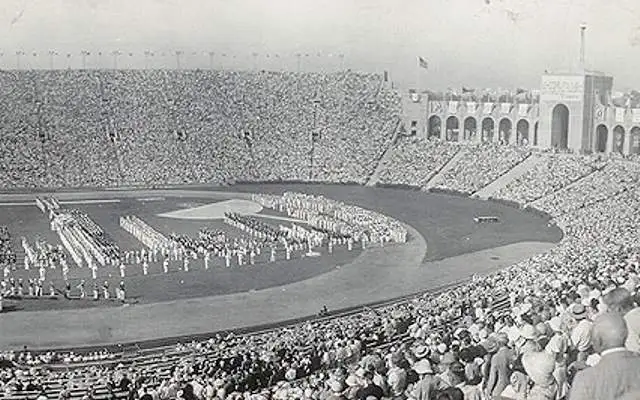
Los Angeles Olympic Games 1932: The fifth but the first
Los Angeles Olympic Games 1932: The fifth but the first
After the gold of the pelatoris Jose de Amézola and Francisco Villota in Paris 1900, the plates of the football and polo teams in Antwerp 1920 and that of the horse team in Amsterdan 1928, was the fifth but the first.
On August 12, 1932, Spanish sport added its first individual Olympic medal. At the 1932 Los Angeles Olympic Games, Barcelona's Santiago Amat Cansino won the bronze medal in the form of an Olympic sailing monotype. The third was the award, Olympic in Paris 1924 where he was eighth in the 6-metre class with Arturo Mas Bové and Pedro Pi Castelló and fourth in the "Dinghy" class, and in Amsterdam 1928 in which he finished fourteenth in the same manner, Santiago Amat, one of the main forjadores of the Catalan candle, finally won the Olympic medal award.
A historic bronze that with a little luck could have been at least silver. If we review in the "Memory of the JJOO of the Angels 1932" (1) * the results of each of the eleven contested races we will see that, in the absence of the last three tests, Santiago Amat, with a first, two seconds, two quarters, two fifths and an eighth place, occupied the second place of the provisional general to two points of the holandes Adriaan Lambertus Josef Maas and beat the French Jacques Lerun who would end up the winner.
If it was to maintain its regularity, the gold options were real for Santiago Amat, but its worst results came in the last three tests, a tenth, an eighth and a seventh place, which turned it away from all gold options although they allowed it to secure bronze by resisting the embite of the respressors of Germany, Canada and Britain.

Santiago Amat preparing his Olympic monotype in Los Angeles 1932 *
One of the most valuable features of this medal is that the ships are taken away every day before the competition began, which gave greater relevance to the quality and capacity of the regatists. The Olympic mono-type races were held in the waters of the Pacific occean, in an area close to San Fermin, which, due to its visibility, allowed a remarkable follow-up from the ground.
The Olympic monotype was the novelty of the competition by replacing the "Dinghy" as a single crew ship. This change was made in favour of a smaller ship of the class called "Snowbird" used for many years in single-crew competitions for its proven adaptability to the waters of the area.
(1) "The Official Report of the Games of the Xth Olympic Los Angeles 1932." Volume 4 pag 45
Text: Juan Manuel Surroco
Blog: http: / / elmargadordejmsurrop.blogspot.com.es /
Twitter: @ SurrocaJM
© 2024 Nautica Digital Europe - www.nauticadigital.eu












